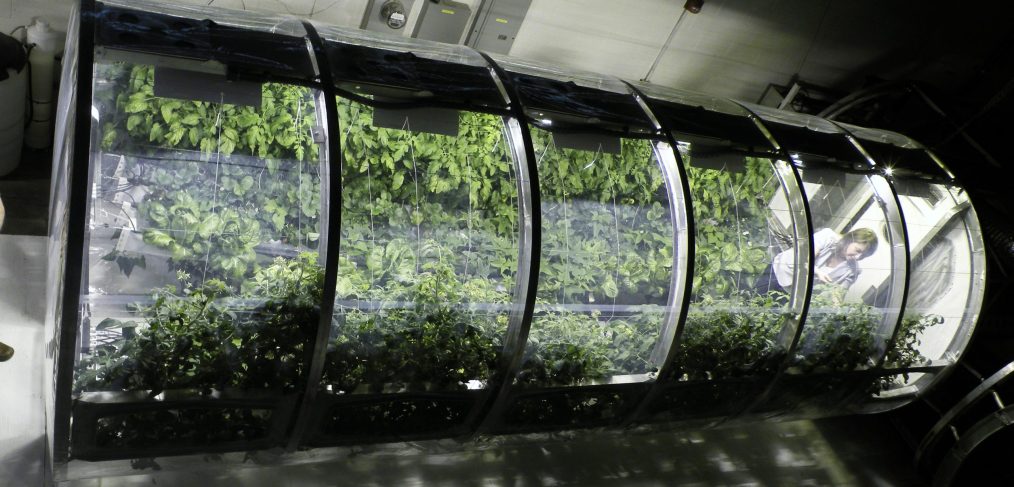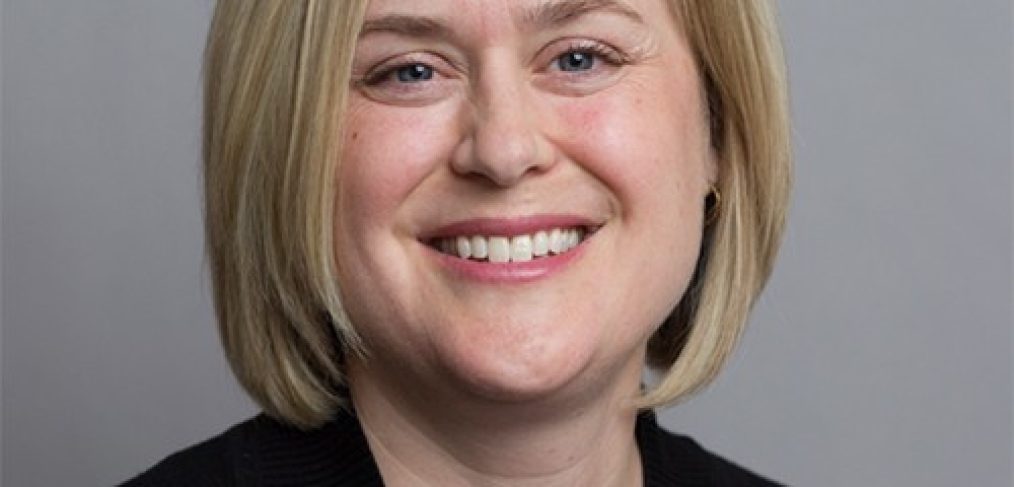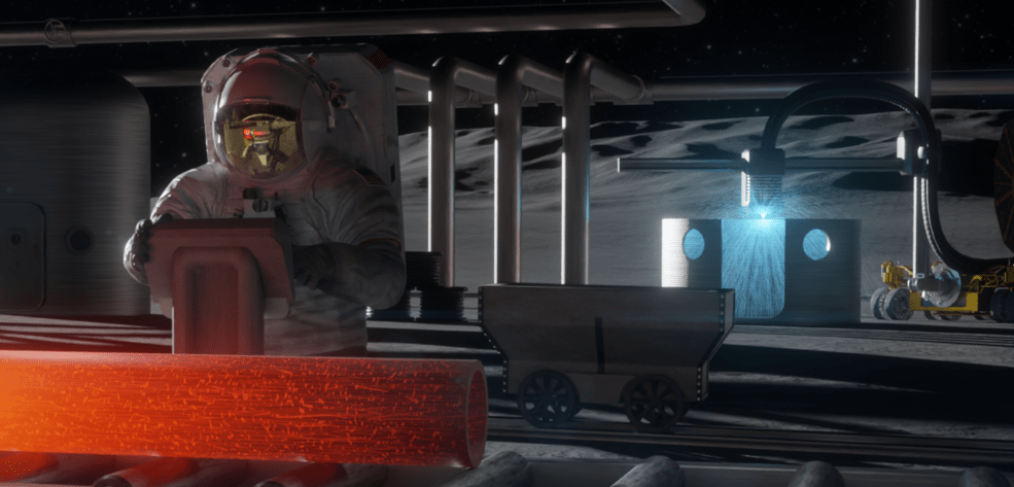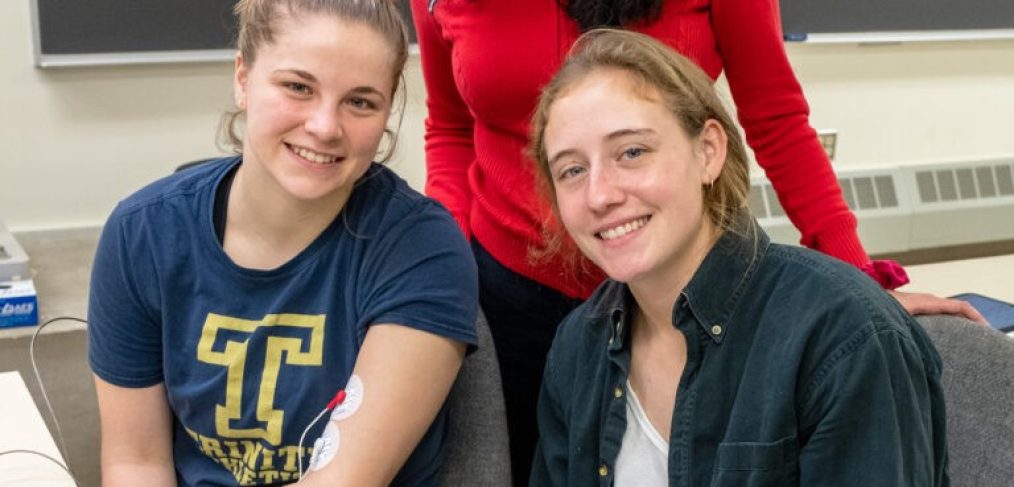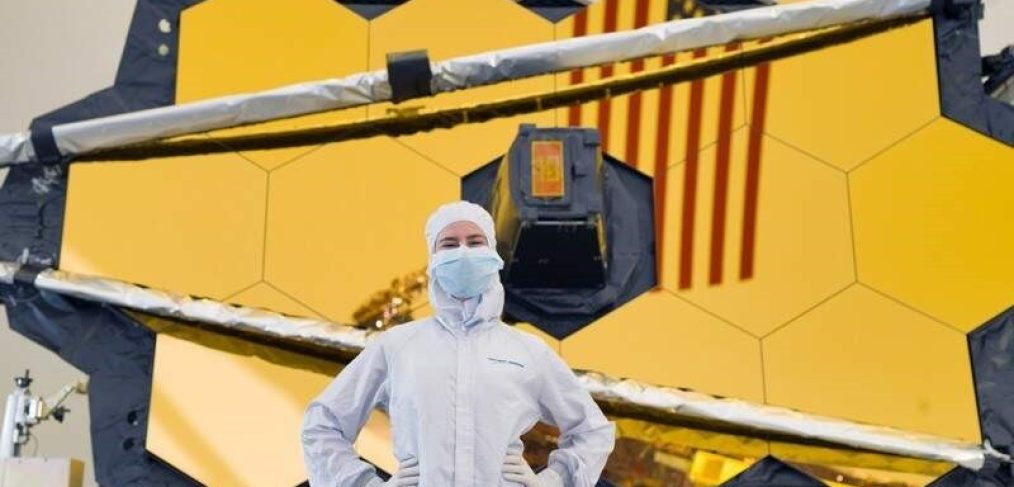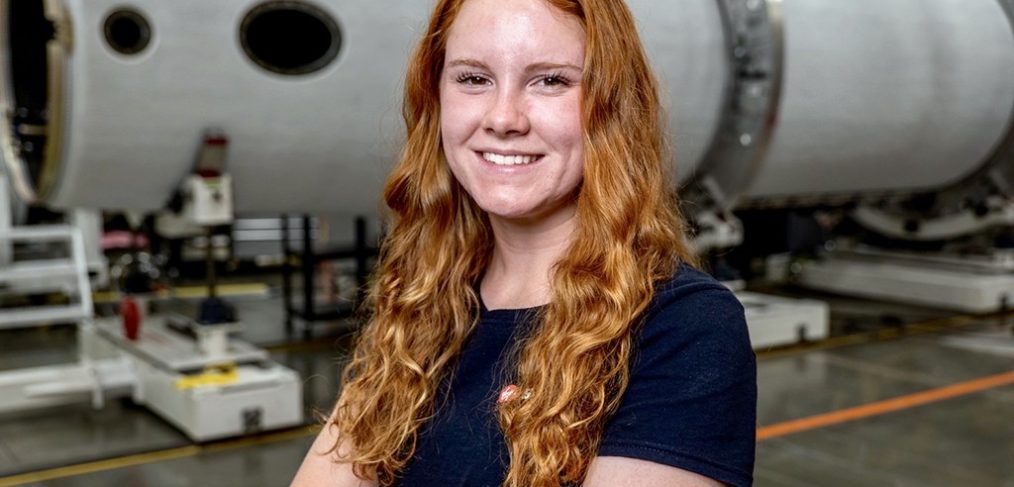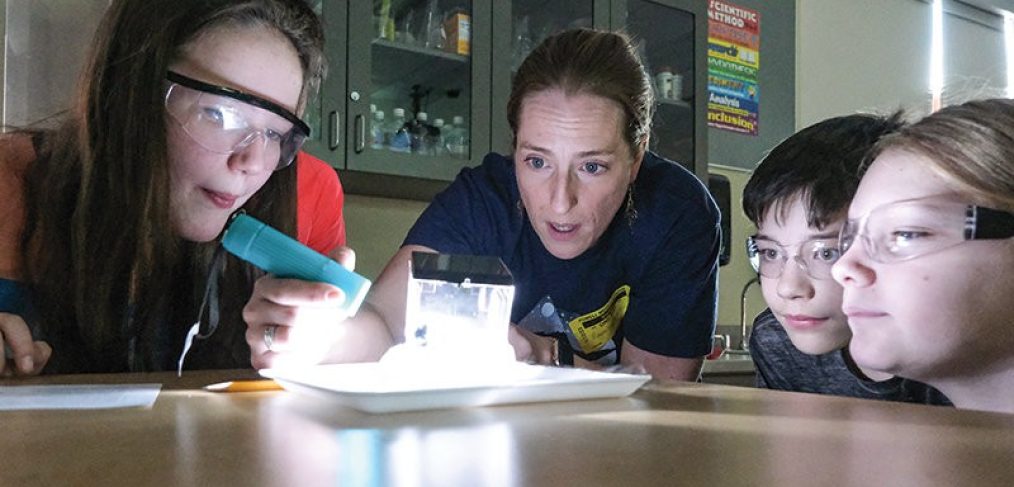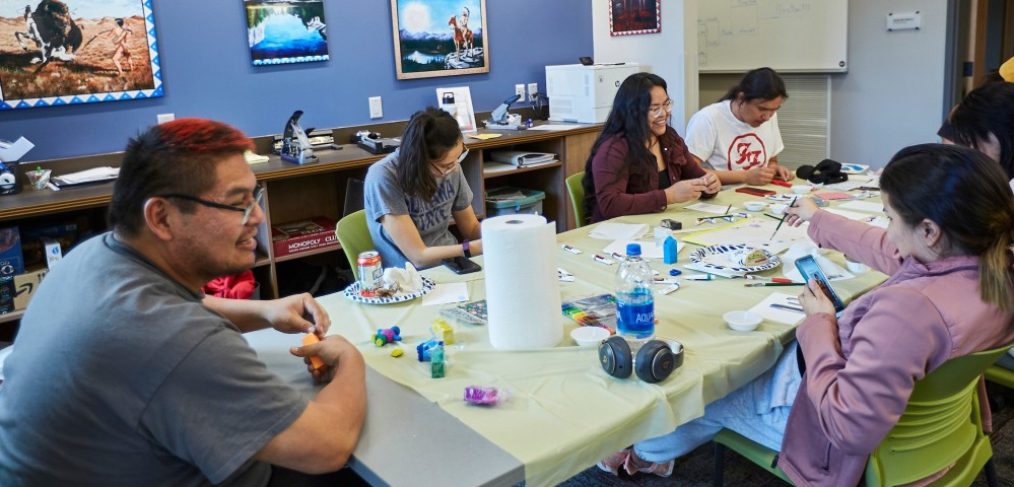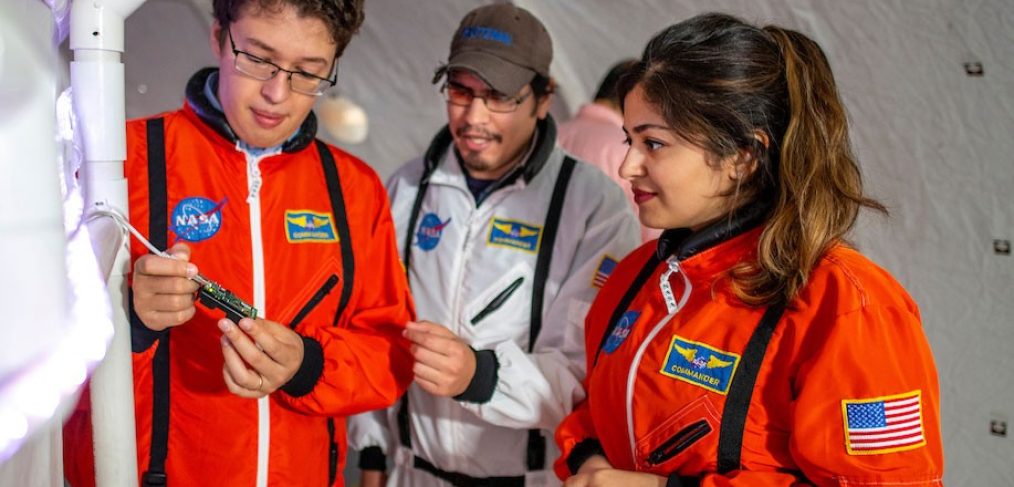Arkansas Space Grant Consortium grant awarded to SAU Chemistry and Agriculture Departments – Is a Martian greenhouse possible?
The Arkansas Space Grant Consortium board voted to fund Dr. Gija Geme, Dr. Tim Schroeder of chemistry, and Dr. Copie Moore of agriculture on a joint venture to explore the feasibility of growing crops such as soybeans, corn, lettuce, kale, and more, in a Mars soil simulant that is improved with fertilizer to add micronutrients. The team received $50,000 from NASA funding through Arkansas Space Grant Consortium in the spring of 2023.
Read the full article on the Southern Arkansas University News website.
Author Credit: #SAU
Image Credit: NASA.gov


